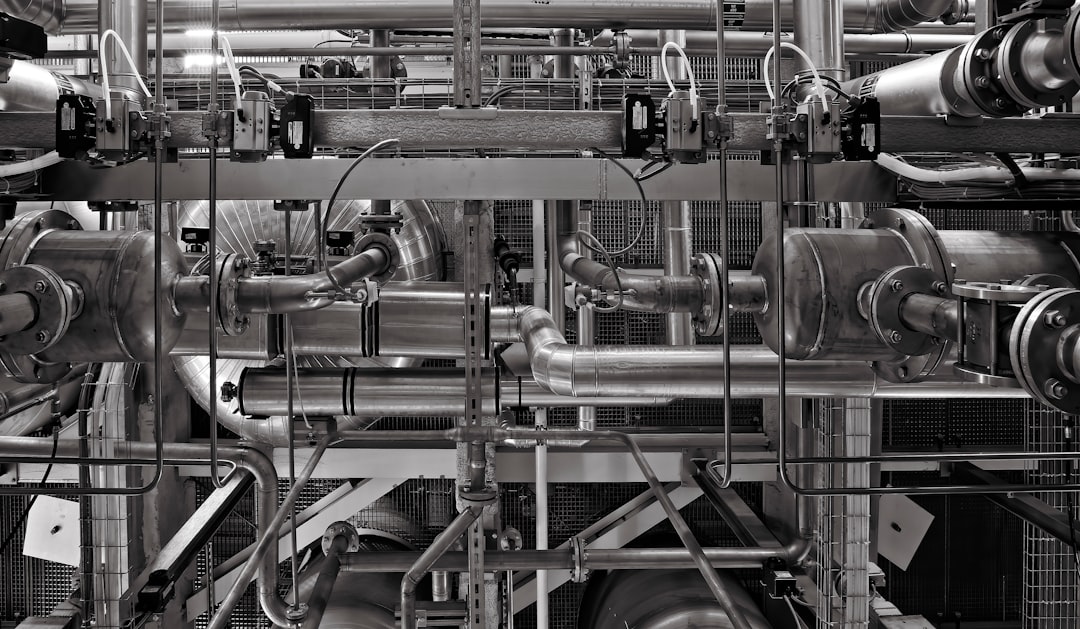What is it about?
Application of fluid flow around sharp bend ducts ranges from blood flow across heart arteries to many engineering devices such as cooling ducts of alternators and gas turbine blades, heat exchangers, nuclear fusion reactor blankets, and intake manifolds of engines. The sharp turn into the fluid path results in a sudden redirection and consequently a complex fluid-structure (Dean vortices) developed which completely modifies the flow and heat transfer behavior across the sharp bend. These complex flow structures were experimentally captured and analyzed in this paper for an in-depth study of their role in flow transition, turbulence augmentation, and heat transfer.
Featured Image

Photo by Dynamic Wang on Unsplash
Why is it important?
The in-depth experimental aerothermal investigation of these complex flow structures was difficult due to the limited optical accessibility across the bend configurations from different directions and the complexity of implementing modern optical techniques. We designed a unique test rig to overcome these challenges and use modern optical techniques (stereo PIV and Liquid crystal thermography) for the in-depth understanding of flow and heat transfer behavior across the sharp bend geometries.
Perspectives
"This challenging experimental investigation demonstrates the detailed flow physics of complex secondary vortical structures (Dean vortices) and their strong correlation with the laminar-turbulent transition, turbulence augmentation, and heat transfer. -------Andallib Tariq Prof. IIT Roorkee "The high-resolution, reliable, and accurate experimental data with flow animation and quantitative analysis of turbulence and heat transfer features is a very important effort towards understanding the effect of complex Dean vortices in flow and heat transfer modification.--------------Nishab Ali IIT Roorkee
Andallib Tariq
Indian Institute of Technology Roorkee
Read the Original
This page is a summary of: Laminar and turbulent flow development study in a rectangular duct with 180° sharp bend by using stereo particle image velocimetry and liquid crystal thermography measurements, Physics of Fluids, January 2023, American Institute of Physics,
DOI: 10.1063/5.0131308.
You can read the full text:
Contributors
The following have contributed to this page










